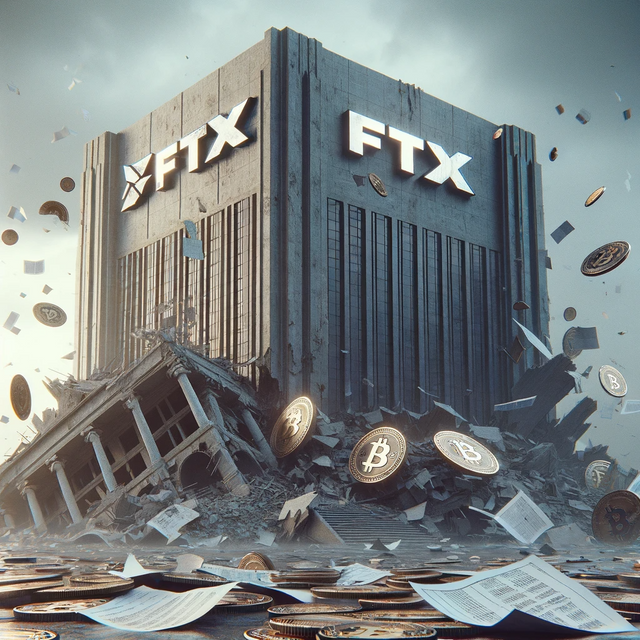
Ousted crypto giant FTX scrambles to repay billions, fueled by asset sales and risky Bitcoin bets.
FTX has put forward an unconventional plan in its rush to repay billions to customers.
Bitcoin is the linchpin for FTX’s future, yet relying on it might backfire.
Despite progress being made, FTX acknowledges that customers might incur losses.
The once-booming FTX, a cryptocurrency exchange that spectacularly imploded in 2022, is clawing its way back from the ashes to repay billions owed to its customers. Through asset sales and risky Bitcoin derivatives trading, FTX has managed to amass $4.4 billion, but the path to full customer recovery remains fraught with uncertainty.
FTX’s Rocky Road to Repayment
FTX’s dramatic collapse in November 2022 sent shockwaves through the crypto market, erasing billions of dollars in value and leaving a trail of angry investors. Once hailed as a leader in the industry, the exchange was revealed to be insolvent, riddled with internal mismanagement and potentially fraudulent activity.
Since then, FTX has been engaged in a desperate scramble to repay its debts. In August 2023, a plan was unveiled to partially compensate customers with a mix of cash and equity in a revived FTX platform, dubbed FTX.com, aimed at international users.
According to Bloomberg, FTX had accumulated $4.4 billion by December 2023, a significant increase from the $2.3 billion reported in October. This windfall stemmed primarily from two sources: asset sales, with $1.8 billion raised in December alone, and Bitcoin derivatives trading, a high-risk strategy employed to manage risk and potentially generate profits from FTX’s sizable crypto holdings.

Bitcoin Holds Key to FTX’s Future
However, this apparent progress is overshadowed by concerns about the sustainability of FTX’s recovery efforts. Experts like Zerohedge have raised red flags regarding FTX’s heavy shorting of Bitcoin futures, essentially betting against the cryptocurrency’s price. If Bitcoin experiences a significant price surge, it could exacerbate FTX’s financial woes, jeopardizing its ability to repay its debts fully.
Adding to the uncertainty, FTX itself has acknowledged the possibility of falling short on its repayment obligations, with FTX users potentially facing the brunt of the losses. The once-dominant crypto exchange’s journey toward redemption appears far from over, leaving investors and customers alike in a precarious wait-and-see situation.
On the Flipside
Bitcoin derivatives trading carries inherent risks, and potential profits are not guaranteed.
Shorting Bitcoin futures is a risky strategy, and a price surge could further cripple FTX’s finances.
The dependence on risky strategies, lack of clarity on remaining assets, and potential shortfalls highlight the precariousness of FTX’s situation.
Why This Matters
FTX’s downfall sent shockwaves through the crypto market, eroding investor confidence and contributing to a wider industry downturn. The exchange’s efforts to recover are being closely watched, as they could have significant implications for the future of the cryptocurrency landscape.